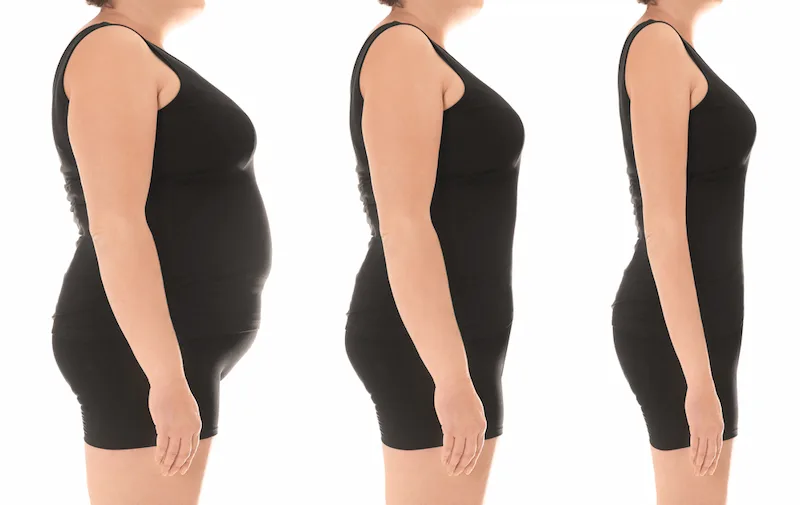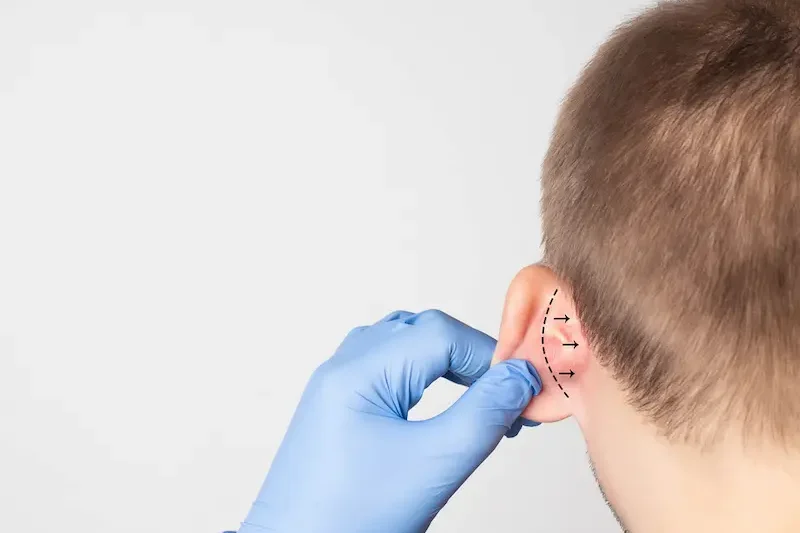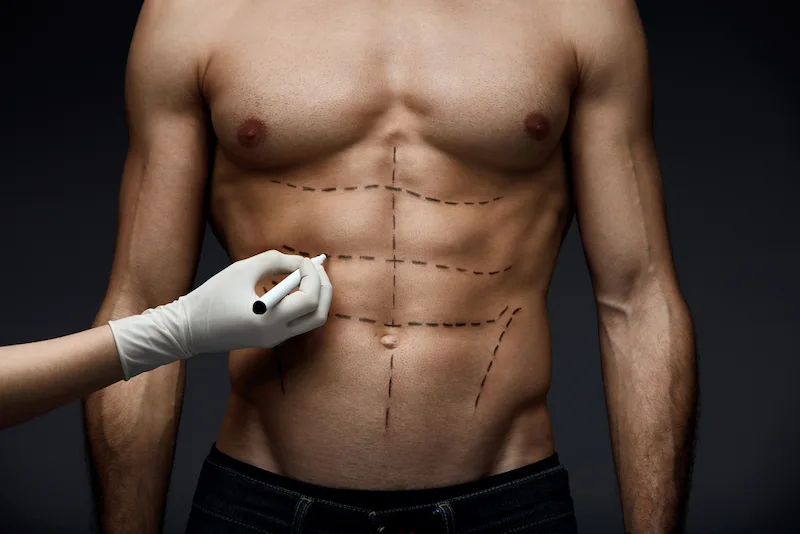How Does Liposuction Work?
Liposuction in brief is an operation of getting rid of unwanted fat from a certain part of the body. The first step involves giving anesthesia, which could be either local or general depending on how much procedure will have to take place. After sedating the patient, the surgeon creates some small openings in those areas that are targeted like the stomach, legs as well as buttocks or arms.
A hollow tube with a fine tip called a cannula is inserted through these openings. The cannula is connected to a vacuum machine which helps in siphoning off the abnormal fats. In order to facilitate fat removal, the doctor moves this cannula back and forth several times in between them. Additionally, during the operation process, one may also inject another solution that makes fats softer and easier to break.
There are several methods for performing liposuction such as the tumescent technique which involves injecting saline with lidocaine and epinephrine to minimize bleeding and swelling; ultrasound-assisted liposuction that uses sound waves to melt down fats before they can be suctioned out.
Once enough quantity of fat has been removed, stitches or surgical adhesives are used to close up those incisions made previously. After that compressions clothes are worn on these treated parts so that quick recovery may occur hence no more swellings
Tips For Liposuction Weight Loss
Effective Liposuction Weight Loss Hacks
Even though liposuction is purely a body sculpting technique and not a way of losing weight, it can be helpful when adopted into a healthy lifestyle. Below are some tips to maximize the possibility of weight loss after liposuction:
Watch your diet: In significant weight reduction, liposuction alone is inadequate. Therefore, it is important to have a properly balanced and calorie-controlled diet in order to achieve and maintain good health.
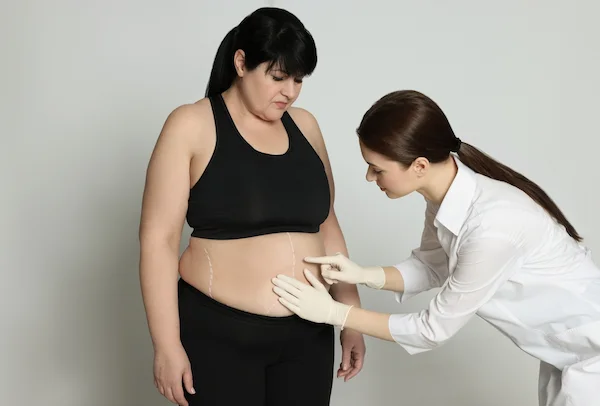

Exercise regularly: Perform moderate exercises such as cardiovascular workout that involves strength training exercises that help in burning calories, building muscles as well as boosting the metabolic rates.
Keep hydrated: Drinking enough water can aid in the recuperation process and support weight loss endeavors by reducing hunger pangs and enhancing digestion.
Be patient: It may take several months before any visible results from liposuction appear due to reduced swelling or adjustment of the body contour.
Think about other options: Occasionally, combining liposuction with additional body sculpting procedures like tummy tucks (abdominoplasty) or skin tightening techniques may improve general outcomes.
Get professional advice: A competent plastic surgeon as well as registered dietician/nutritionist should be approached in order to come up with an all-inclusive strategy for obtaining and preserving your ideal body size and weight
How Much Weight Loss After Liposuction?
Lipo mostly changes the body shape by taking out small pockets of fat, but it does not lead to big weight drops. On most tries, it may take away 5-10 pounds of fat from places such as the belly or legs. Still, this can change from person to person. Lipo shapes certain spots by getting rid of tough fat that won’t go with just food control and workouts. To truly drop a lot of weight, you need to eat fewer calories using good food choices and get moving, often with the help of weight-loss surgery or drugs. Lipo by itself doesn’t replace full weight control plans that include changes to day-to-day habits. To get the best results, it’s key to know what lipo can and can’t do.
Get a Free Medical Consultation
Consultants Are Waiting For You!
Liposuction Vs Weight Loss: What Are The Differences?
Liposuction and weight loss are related but distinct concepts. In fact, liposuction is a medical procedure that sculpts the body by removing fat cells from specific parts of the body like stomach or thighs. The procedure focuses on stubborn fat that resists both dieting and exercising; however, it does not help with obesity or overall body fat. Conversely, slimming involves eating less food and doing physical activities frequently as a mode of burning fats in the whole body thereby leading to reduced sizes of bodies and weights.
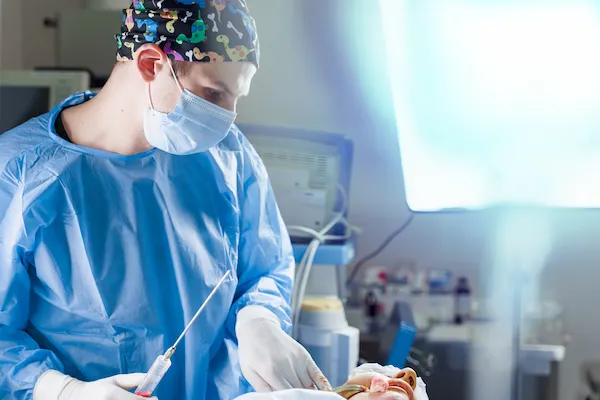

While liposuction removes a significant amount of fat from targeted areas for better body contours, it does not typically result in substantial overall weight loss. Unlike lifestyle calorie deficits that cause considerable weight reduction, pounds of fat removed during lipo seem inconsequential. Beyond this, if poor diets and lack of exercises increase one’s weight after having lipo surgery the remaining cells may become bigger thereby reducing the success of contouring.
The two approaches often work best combined when liposuction is used in addition to weight loss for stubborn fatty tissues treatment.
Liposuction For Weight Loss Before And After
Though primarily, liposuction is not meant for weight loss; it can be employed to boost a more holistic effort to reduce weight. The results of liposuction procedures as shown by the difference in before and after photos are dramatic, particularly when accompanied by healthy living.
Before Liposuction:
Prior to opting for liposuction, individuals might have tried losing weight through exercise and dieting. Nevertheless, stubborn patches of fat may remain in the abdomen, arms or thighs even after their best efforts. Though localized fats are sometimes very resistant to lifestyle modifications alone making it hard attaining the desired body shapes.
This stage before undertaking liposuction usually entails adopting a low-calorie diet and regular physical exercises to achieve general weight loss and improve one’s health. This preparation serves to enhance the outcome of subsequent fat removal surgery.
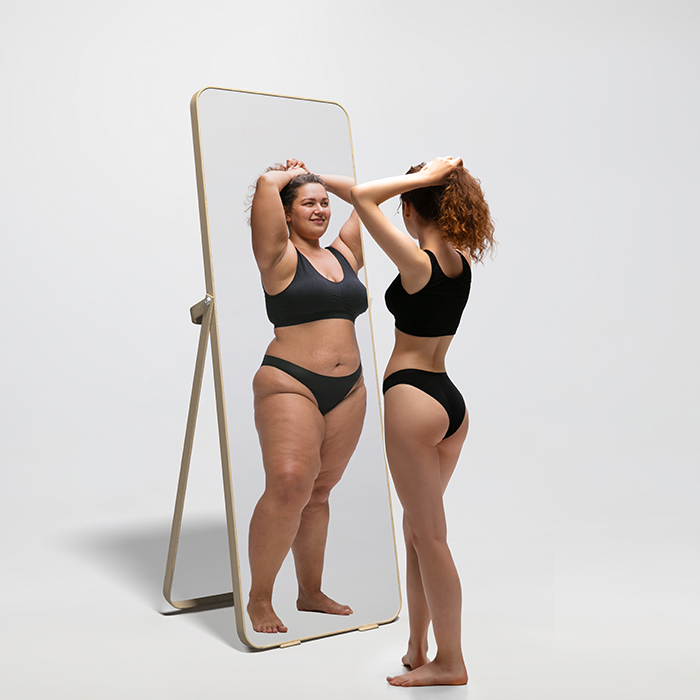

After Liposuction:
Upon completion of this cosmetic procedure, there will be a remarkable change in body shape. As such these areas will appear smoother and better sculptured while the appearance of stubborn pockets of fat would also decrease.
It should be noted that swelling or bruising may obscure full effects of liposuction right away. It takes time for this healing process as the swelling goes down.
Get a Free Medical Consultation
Consultants Are Waiting For You!
Fat Cells Growth Back After Liposuction
Many worry that fat might come back after liposuction. Liposuction does take away fat cells for good in spots that are treated, but it’s key to know that fat cells left can get bigger if you put weight back on. In the liposuction act, a tube goes in through tiny cuts to pull fat out of certain body spots. The fat taken out in this way is gone for good and can’t come back or grow again where it was treated. Even so, the body still has a lot of fat cells left in other parts, even post-liposuction. These left-over cells can swell up if a person puts on more weight, by eating too much or for other reasons. If someone gets heavier after liposuction, the fat cells that are still in the body can grow and build up.


Liposuction Is Not A Weight-Loss Procedure
Lipo is a beauty fix made to shape and mold parts of the body by taking out too much fat. But, it’s key to get that lipo isn’t for losing lots of weight or to replace being healthy. Its main job is to make certain spots look better, not to cut down a lot on weight. In lipo, a small tube pulls out fat from places like the belly, legs, bottom, arms, or chin. This can take out a lot of fat, but it doesn’t mean a big drop in weight—just a few pounds or so. Lipo doesn’t deal with why weight piles up, like junk food, not moving much, or health issues. Also, lipo by itself can’t stop fat from coming back or moving to other body parts. If someone doesn’t eat right and work out after, the fat left can grow, which might ruin the shape made by lipo. Remember, lipo isn’t for folks who have a lot of weight to lose. It might not help much and could be more risky. To really lose weight and keep it off, you need a full plan with changes in how you live, a diet that counts calories, and lots of exercises.
Conclusion
Liposuction is one of the most popular cosmetic surgeries that can alter a person’s body shape by removing localized fat deposits from some parts of their bodies. Nevertheless, it should be noted that liposuction is not an alternative for weight loss and should not be viewed as treatment for obesity.
The key objective of liposuction is to reshape the body by reducing excess fatty tissues on specific regions such as the abdomen, thighs, buttocks, arms or chin where dieting and exercise have failed to eradicate stubborn fats present. On the other hand, though a sizable amount of fat may be extracted through liposuction surgery; overall weight loss is just a few pounds or liters in most cases.
Besides, this kind of surgery does not stop new accumulations of fat elsewhere in the body nor prevent future weight gain. If people who undergo these procedures fail to observe healthy living after such operations then remaining cells will expand thereby nullifying any positive outcomes obtained from contouring effects
This kind of procedure alone cannot stop accumulation of fat in future or transfer it to other parts of the body. The patient will therefore reduce his/her efforts immediately following completion thus causing the dead skin cells to enlarge and possibly undoing all previous achievements made regarding appearance enhancement etc.
Get a Free Medical Consultation
Consultants Are Waiting For You!
FAQs
Liposuction itself does not help you to lose weight. However, the procedure is only part of the equation and a healthy diet and exercise are still required to achieve overall weight loss.
While liposuction can eliminate between 5-10 pounds of fat from target areas, it cannot replace overall weight loss through diet and exercise.
However, if you gain weight after liposuction, remaining fat cells may enlarge and distribute fats deposited on other parts of the body.
Should one gain pounds after liposuction takes place on any part of their body, then fat cells that remain behind can start expanding thereby making impossible for this procedure to work.
Fat from liposuction never comes back; however, maintaining results means keeping your weight consistent throughout life by living a healthy lifestyle.
Besides removing fat cells permanently during liposuction, those left may expand if there is a regain in weight following the operation.
It may take weeks or months for fluid retention to diminish completely and for new contouring effects from liposuction to appear fully visible.
It is generally recommended that you slim down and have a stable, healthy body mass index (BMI) before doing liposuction. In addition to reducing the risks associated with anesthesia, bleeding, and healing, it greatly improves the outcome since liposuction can effectively shape and curve certain areas of your body when you are near your average weight. Achieving your target weight assists in setting attainable goals while improving the chances of sustained outcomes so long as one maintains good health habits after undergoing surgery. However, note that liposuction is not meant for shedding off pounds but rather eliminating stubborn fat deposits which cannot be managed through dieting and exercises.


Get a Free Medical Consultation
Consultants Are Waiting For You!

